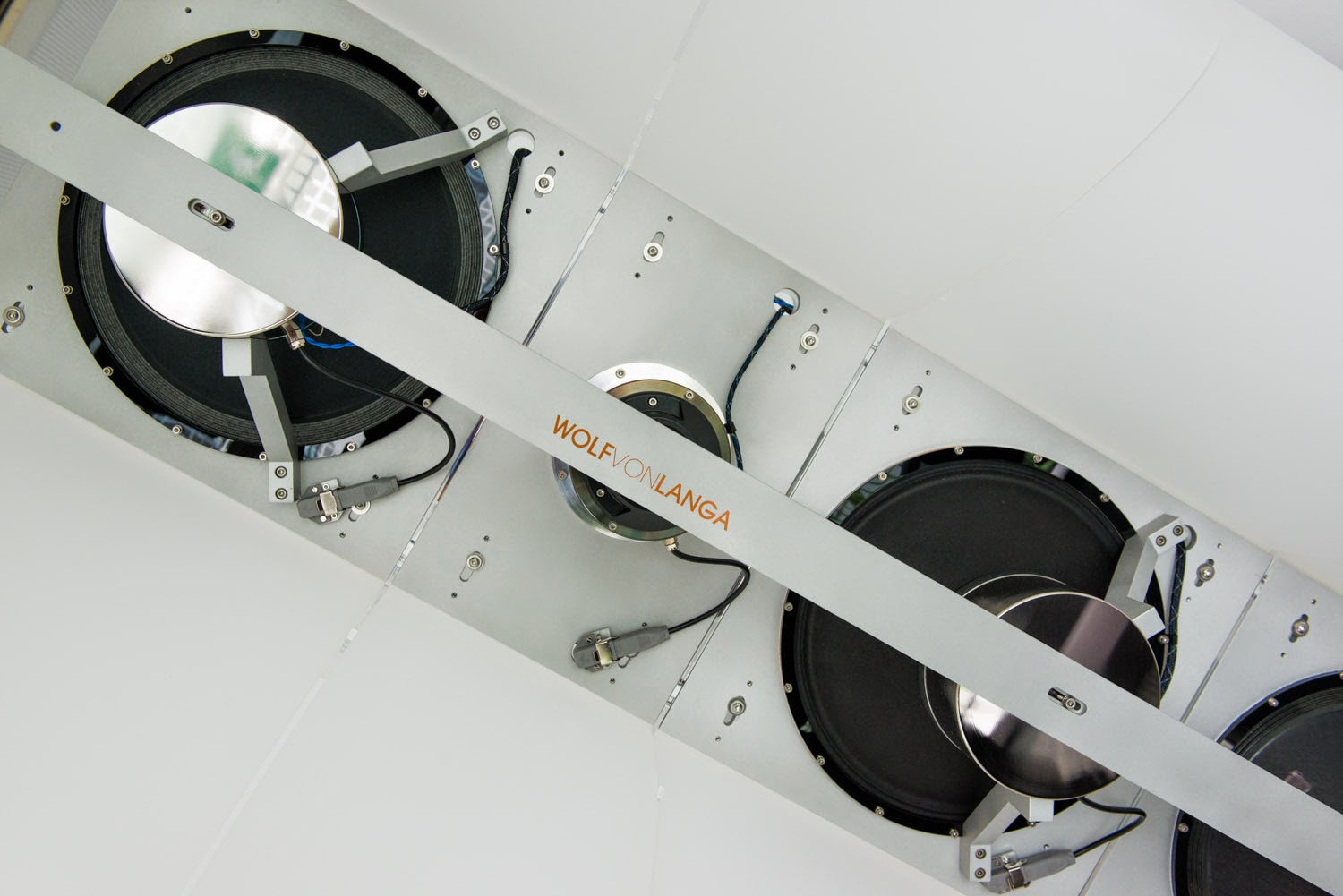Some people noticed the rather unusual rectifiers which I had in one set of the 211/211 amplifiers displayed at the recent High End fair in Munich. While the amps which were playing most of the time used 836 vacuum rectifiers, the set which was on display had the 1616 plugged in.
The 1616 is a half wave rectifier developed for transmitting applications. Half wave means it contains a single diode in the envelope. So two of them are needed for a full wave rectifier with center tapped mains transformer. Or four for a full wave bridge.
 The 1616 has an UX4 base and medium metal cap for the plate connection. It has the same pinout as the 836 and 866A. Only two of the base pins are used for the filament connection. The other two are unused. It has the same filament requirement as the aforementioned two tubes: 2.5V at a hefty 5A. The latter is probably the reason why this rectifier is widely ignored by audio amplifier designers. Although it's other parameters are more than suitable for most audio power supply requirements. It can withstand a peak inverse voltage of 5kV and deliver 130mA per tube. The peak inverse voltage rating is similar to that of the 836 but only half that of the 866A. The 836 and 866A can deliver twice the current.
The 1616 has an UX4 base and medium metal cap for the plate connection. It has the same pinout as the 836 and 866A. Only two of the base pins are used for the filament connection. The other two are unused. It has the same filament requirement as the aforementioned two tubes: 2.5V at a hefty 5A. The latter is probably the reason why this rectifier is widely ignored by audio amplifier designers. Although it's other parameters are more than suitable for most audio power supply requirements. It can withstand a peak inverse voltage of 5kV and deliver 130mA per tube. The peak inverse voltage rating is similar to that of the 836 but only half that of the 866A. The 836 and 866A can deliver twice the current. But since most audio amps will not get close to those limits, the 1616 is a good alternative, especially to the mercury vapour 866A. The 1616 is vacuum rectifier which does not have the hazards of mercury spill in case of glass breakage. The 1616 has a higher voltage drop though. For initial tests of power supplies which are intended to work with the 866A the 1616 is perfect. While the 836 and 866A come in the coke bottle shape, the 1616 was made with a straight sided bulb. It has a similar impressive size than those two and while the straight sided glass seems less attractive at first glance, it has it's own kind of beauty. Since it is hardly used any more it can be found at low prices.
But since most audio amps will not get close to those limits, the 1616 is a good alternative, especially to the mercury vapour 866A. The 1616 is vacuum rectifier which does not have the hazards of mercury spill in case of glass breakage. The 1616 has a higher voltage drop though. For initial tests of power supplies which are intended to work with the 866A the 1616 is perfect. While the 836 and 866A come in the coke bottle shape, the 1616 was made with a straight sided bulb. It has a similar impressive size than those two and while the straight sided glass seems less attractive at first glance, it has it's own kind of beauty. Since it is hardly used any more it can be found at low prices.Pictured above is a RCA 1616 produced for the military. Hence packaged in the rather bland JAN boxes:
These have a graphite plate structure:
View from the side:
Another shot showing the graphite plate:
Metal plate versions have also been made (shown on the right):
Close up of a metal plate 1616:
The base:
Two 1616 in operation in a PSU:
Close up of one of the tubes:
The filaments are actually rather wide ribbons, as commonly used in directly heated rectifiers:
Zooming in:
A great rectifier, especially for amps which use transmitting triodes.
Best regards
Thomas
















































